What is Bone Conduction?
"Bone conduction is the conduction of sound to the inner ear through the bones of the skull. Bone conduction transmission can be used with individuals with normal or impaired hearing...In use, the speaker is strapped against one of the dome-shaped bone protrusions behind the ear and the sound, which can be surprisingly clear and crisp, seems to come from inside the user's head." - Wikipedia
Essentially, bone conduction differs from conventional air conduction in that it completely bypasses the outer and middle ear including the eardrum and associated transmission bones and transmits the vibrations of sound straight to the cochlea for sensing by the auditory nerve. Anyone with an abnormality of the pinna, ear canal, ear drum, or the intricate bones of the inner ear, as is the case in many instances of impaired hearing or deafness, is able to hear the sound transmitted through bone conduction incredibly clearly with no distortion. Users with fully functional auditory systems are able to hear the bone conducted sound just as easily, and the effect is incredibly eerie as the sound or music playing seems to come from inside your own head, you are able to hear your surroundings normally in addition, and no one else can hear what you're listening to even though it sounds as if there is music playing in the room. It appears to be ghostly phantom music, hence the name.
The First Prototype
My first prototype to test the phenomenon uses a cheap bluetooth audio module from china to wirelessly receive sound from a connected device which is then passed through an Adafruit amplifier breakout before going to the bone conduction transducers. After initial tests, the volume was too quiet unamplified, so I added the amplifier behind the circuit board (which barely squeezed in) at max gain to boost the signal to drive the 1W transducers
The case I designed in Autodesk 123D and is 3D printed in strong, flexible plastic by Shapeways. It has screws on each end for me to attach prototype arms that hold the transducers in different places on the skull and the PHΛNTOM logo on the front.
After some initial tweaks, it works eerily well. When it turns on, it plays some welcome tones, and then waits for a bluetooth connection. Once connected to my phone, I can control music playback with the on board play/pause, skip, and volume up and down buttons, and when I place the transducers on my ear ridges on the back of my skull, undistorted and surprisingly powerful music surrounds me in stereo, seeming to emanate from within my own head. No one else can hear a thing, and my own ears are open to listen to people talking to me and I would be aware of my surroundings on a bike for example. I named the project PHΛNTOM as the effect is ghostly and strange, as if the music was played by a phantom orchestra or a trick of the mind.
The Final PHΛNTOM 2.0 EE47 Project
From the response I've received from my first prototype, this device has incredible desirability for child and speech therapy, the deaf and hard of hearing, and certain conditions of the ear canal, auditory bones, or eardrum. So many people I have talked to are very excited about what this open-source device could do for their child/father/mother/spouse, and I am incredibly happy to use my knowledge of electronics and design to create something that started out as an experiment with sound transmission and has evolved into a life-changing device to unlock the experience of music and sound for those in desperate need of its power.

Because of this, I have decided to enter the PHΛNTOM into this year's Hackaday Prize competition with the goal of creating something that matters and a grand prize of a comercial spaceflight, and I think this project really does matter. I entered my smart watch last year and was a quarter finalist (top 50 of 800), you can see that project here: (https://hackaday.io/project/1348-wlltch-oled-btle-smart-watch-v61)

This new version of the bluetooth...
Read more » WΛLLTΞCH
WΛLLTΞCH
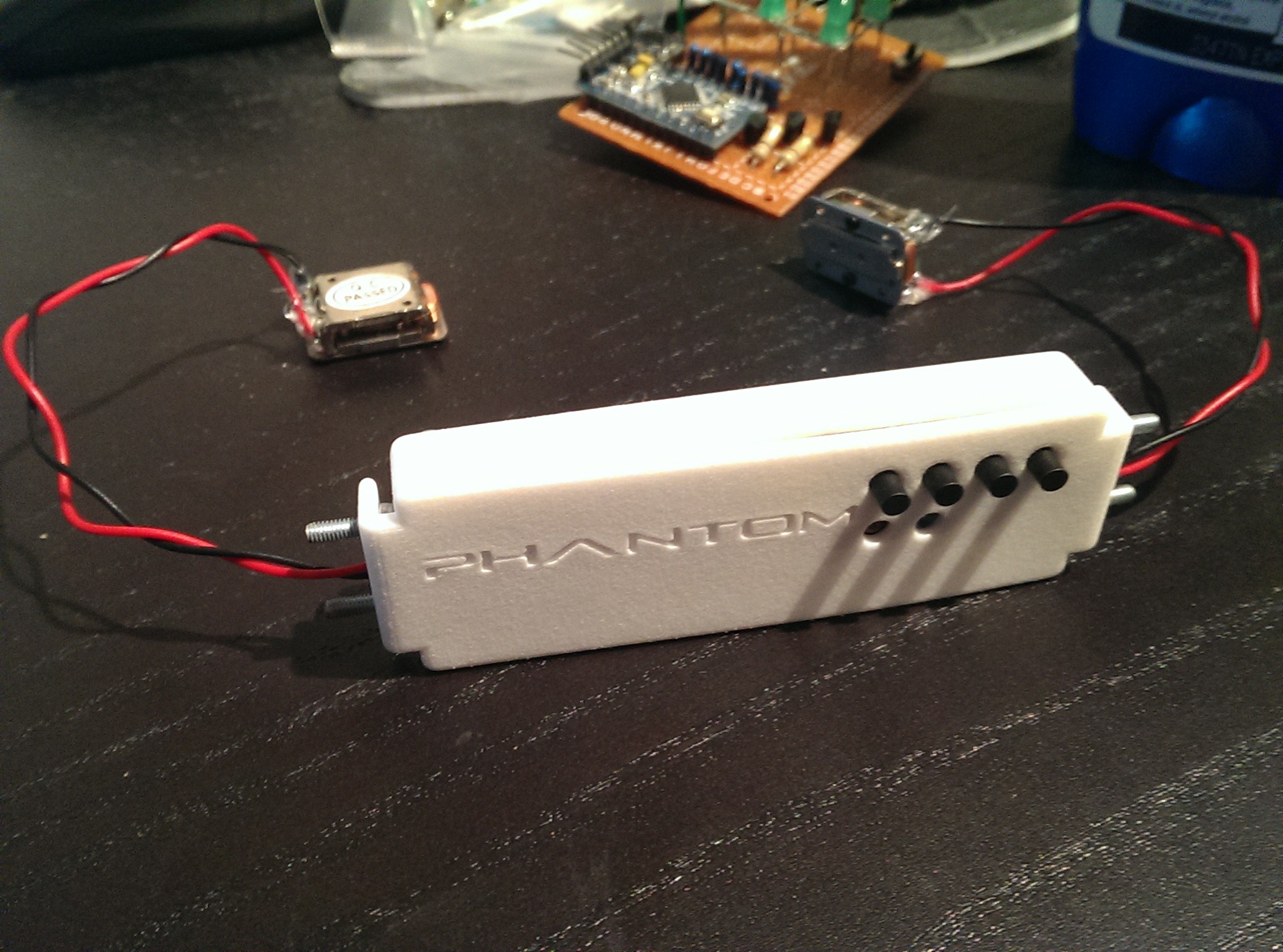
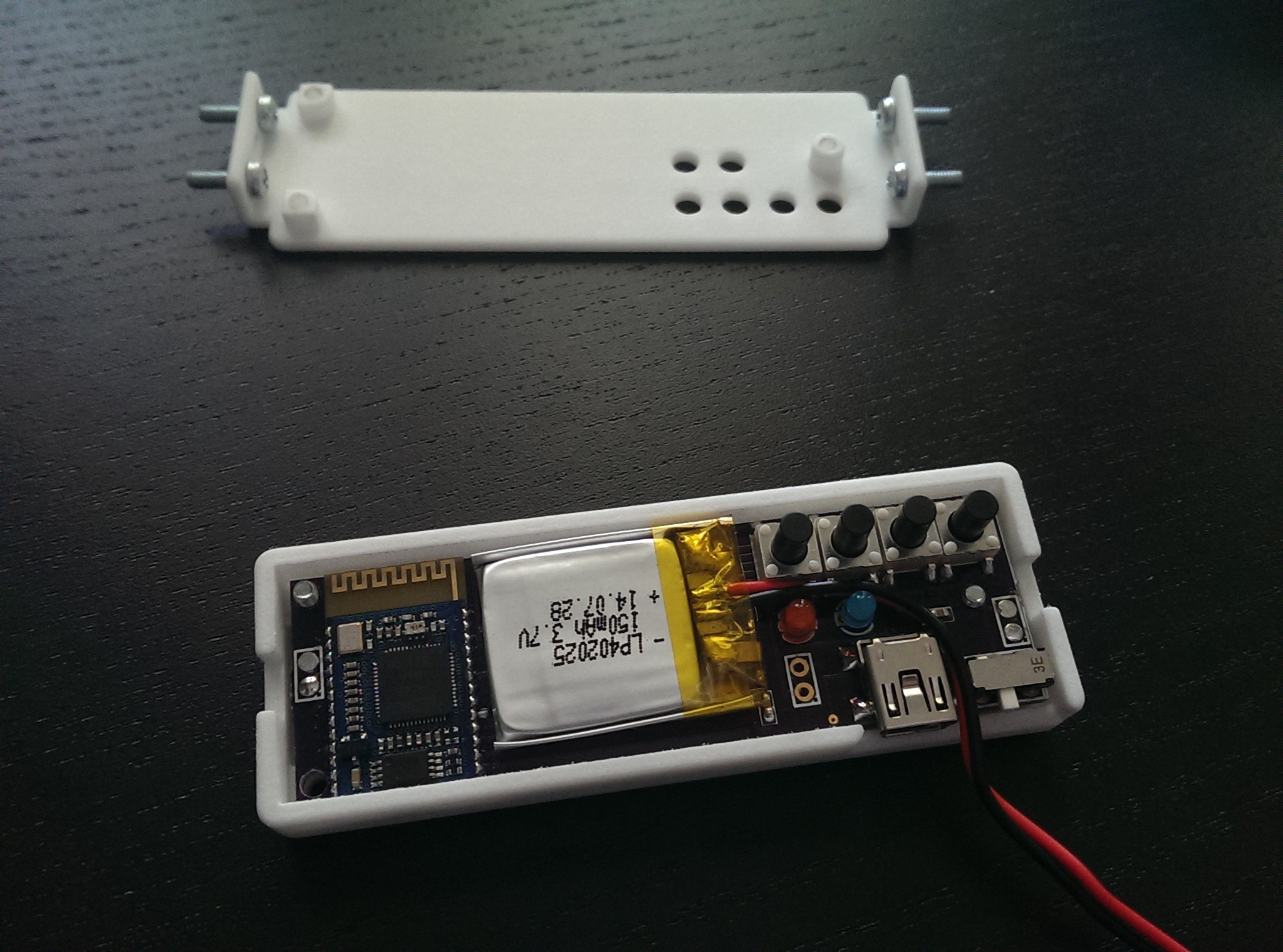
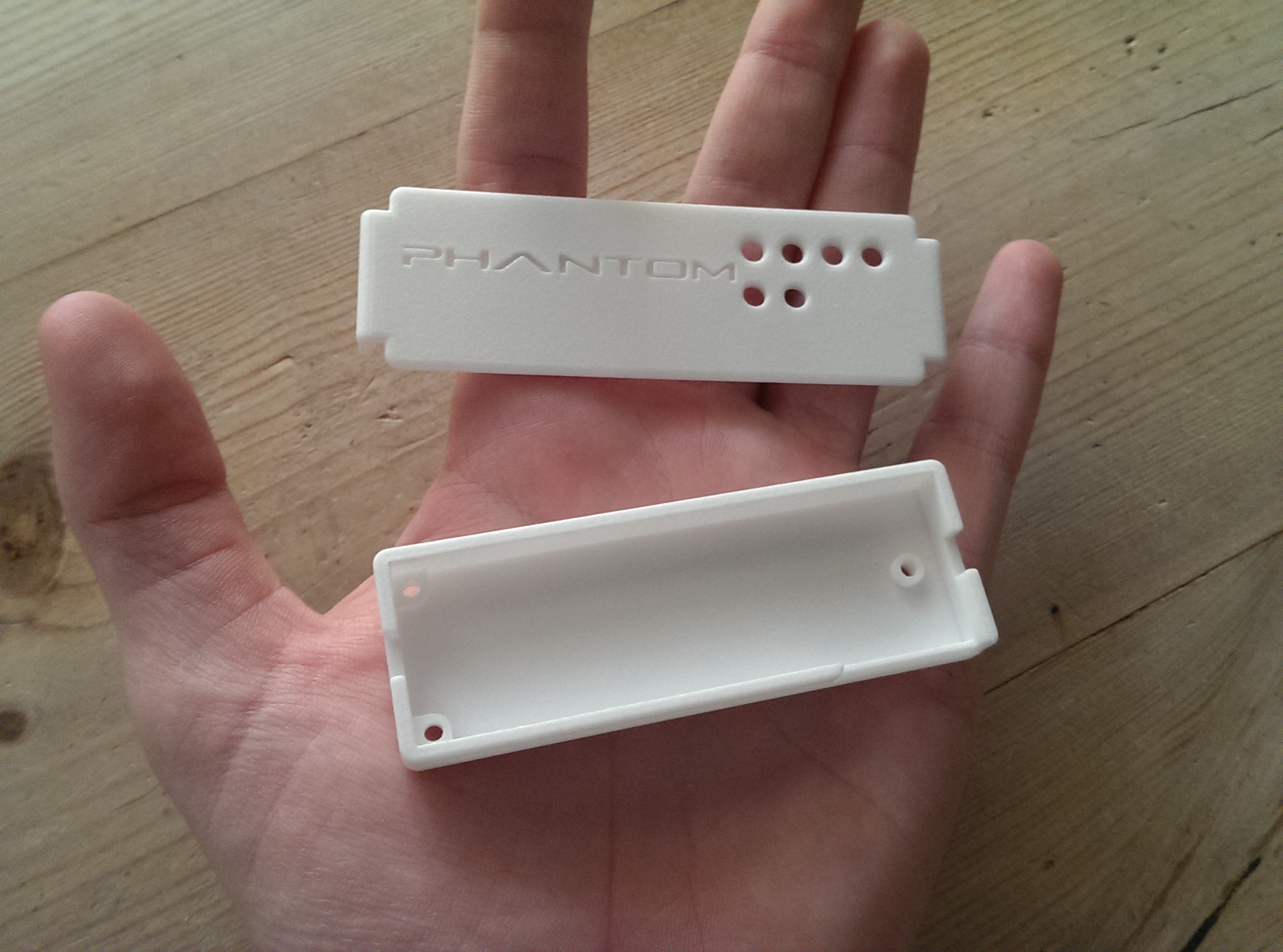
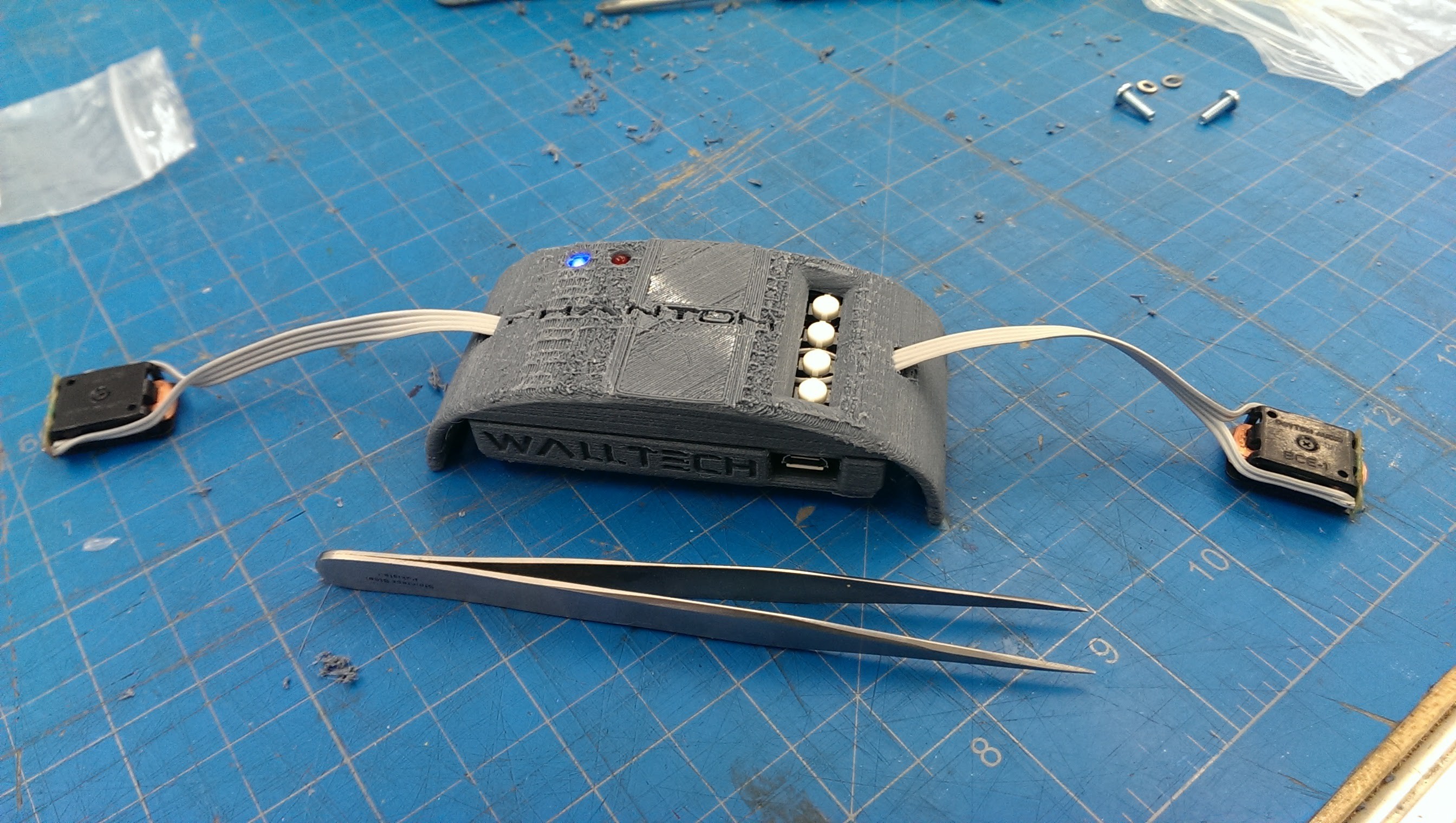
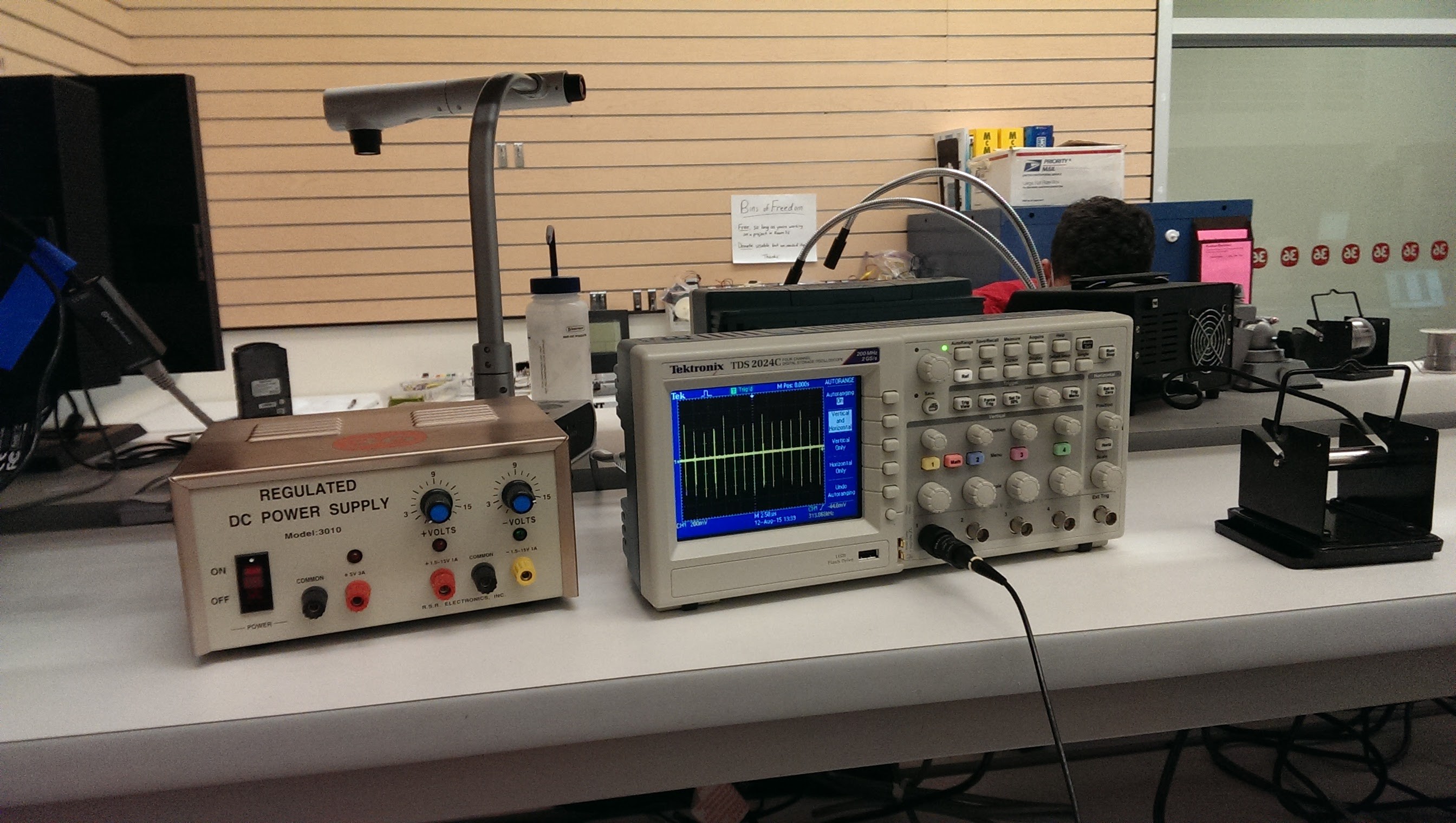
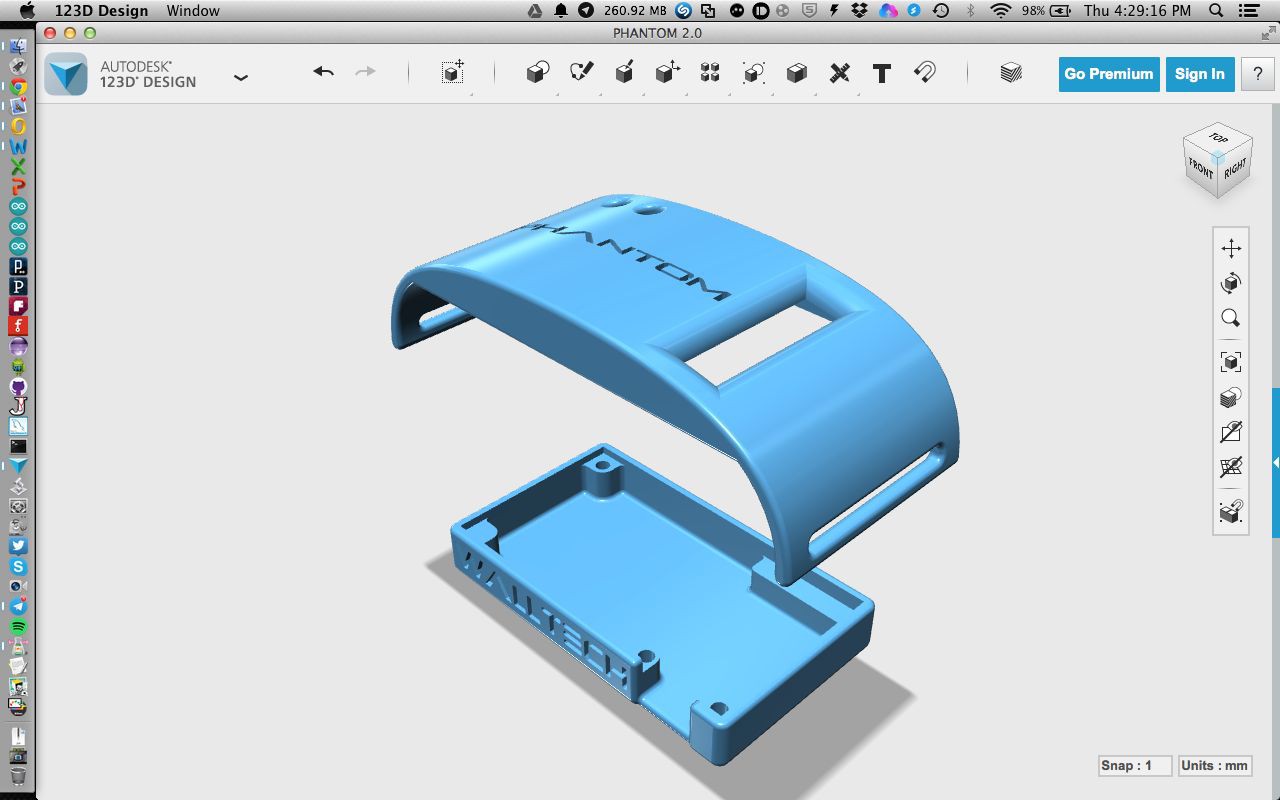
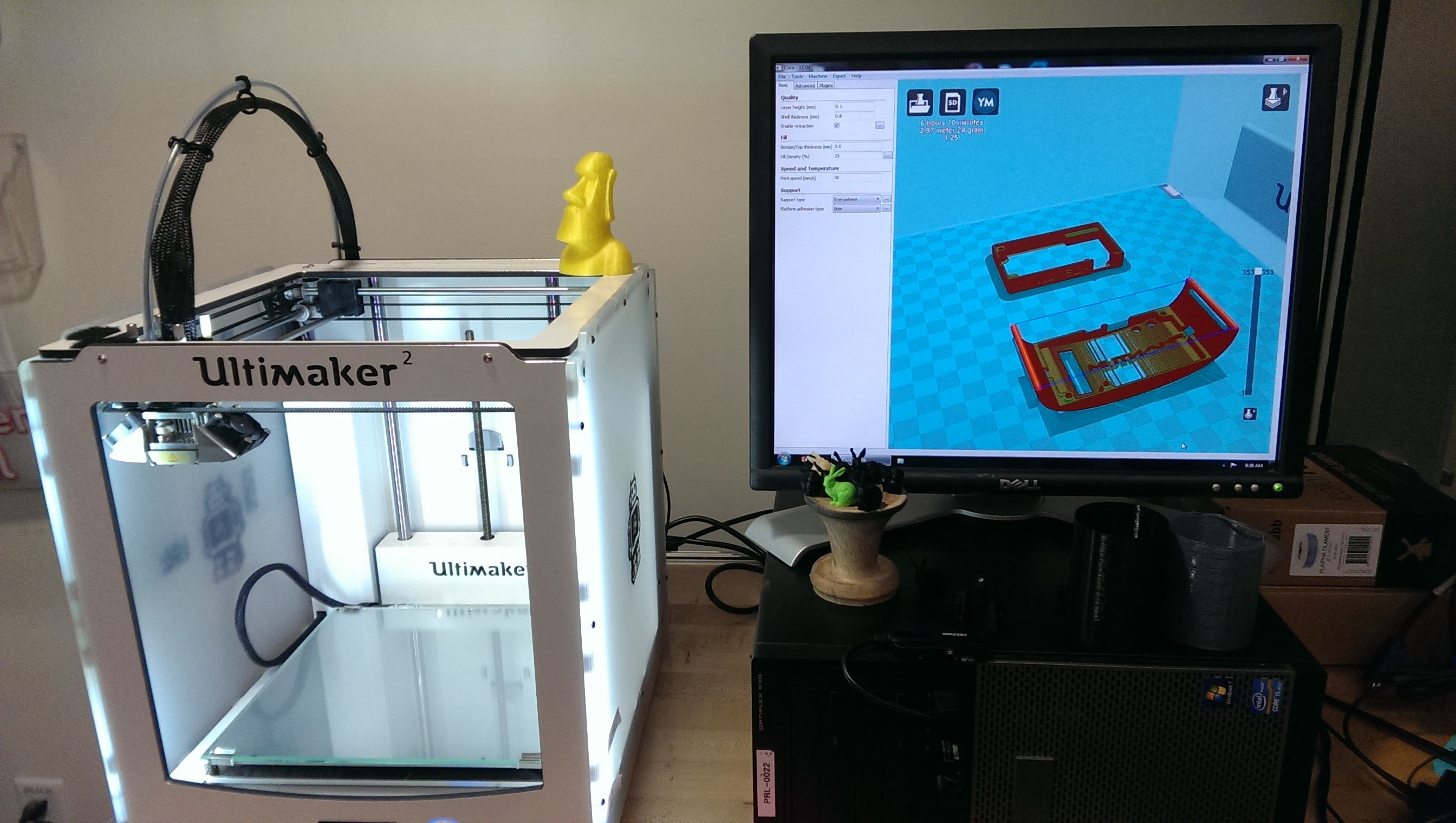

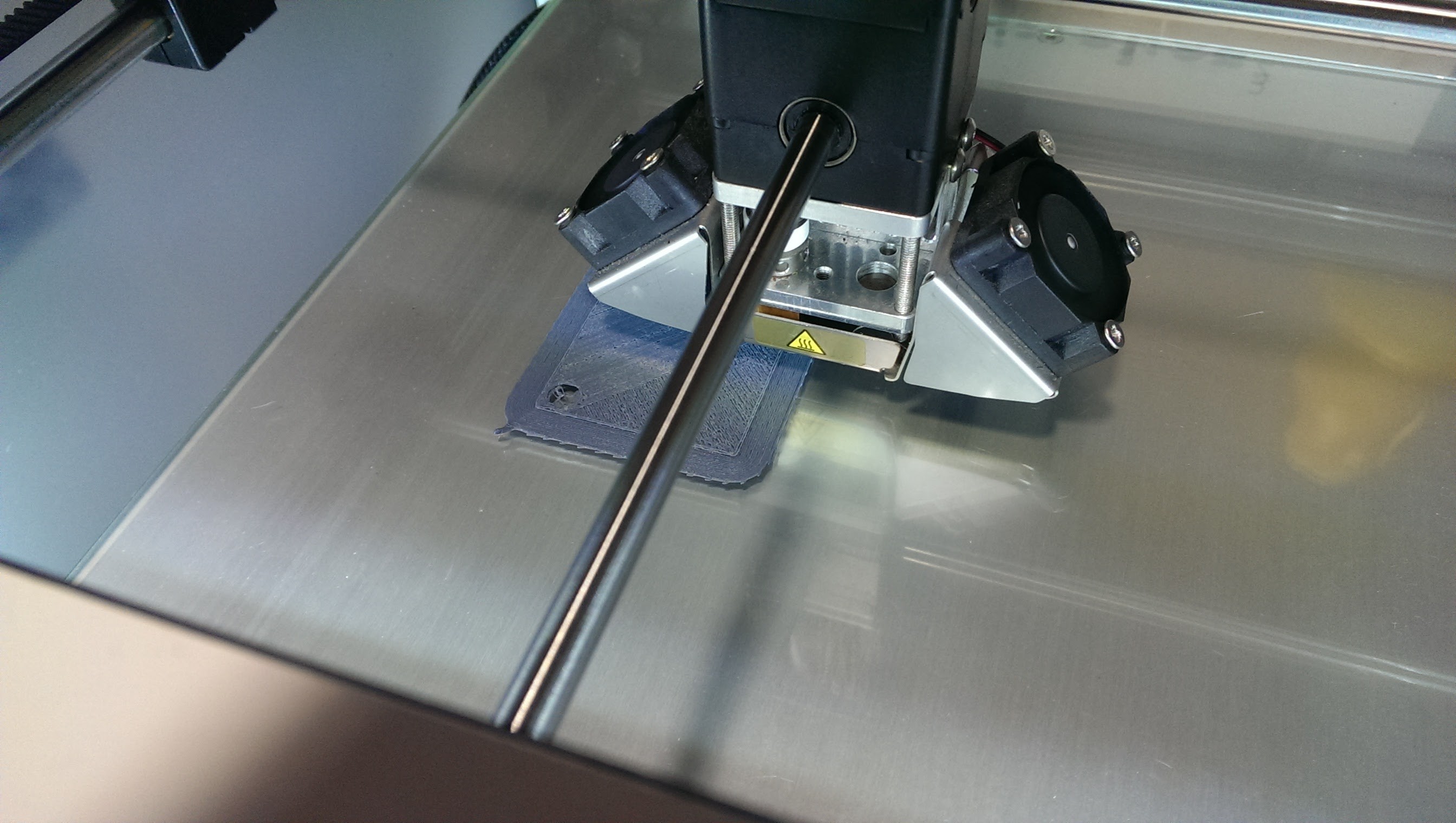
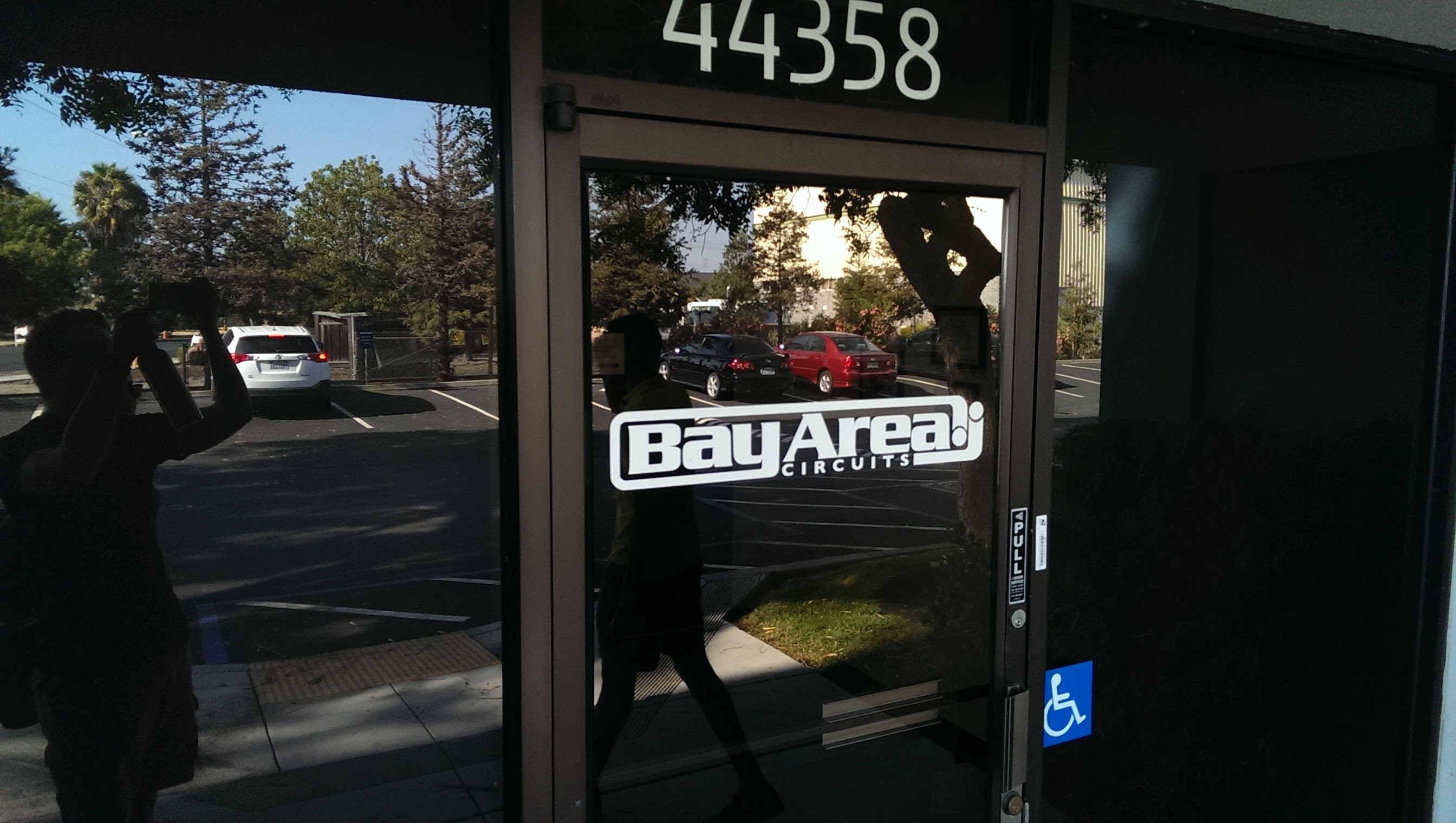
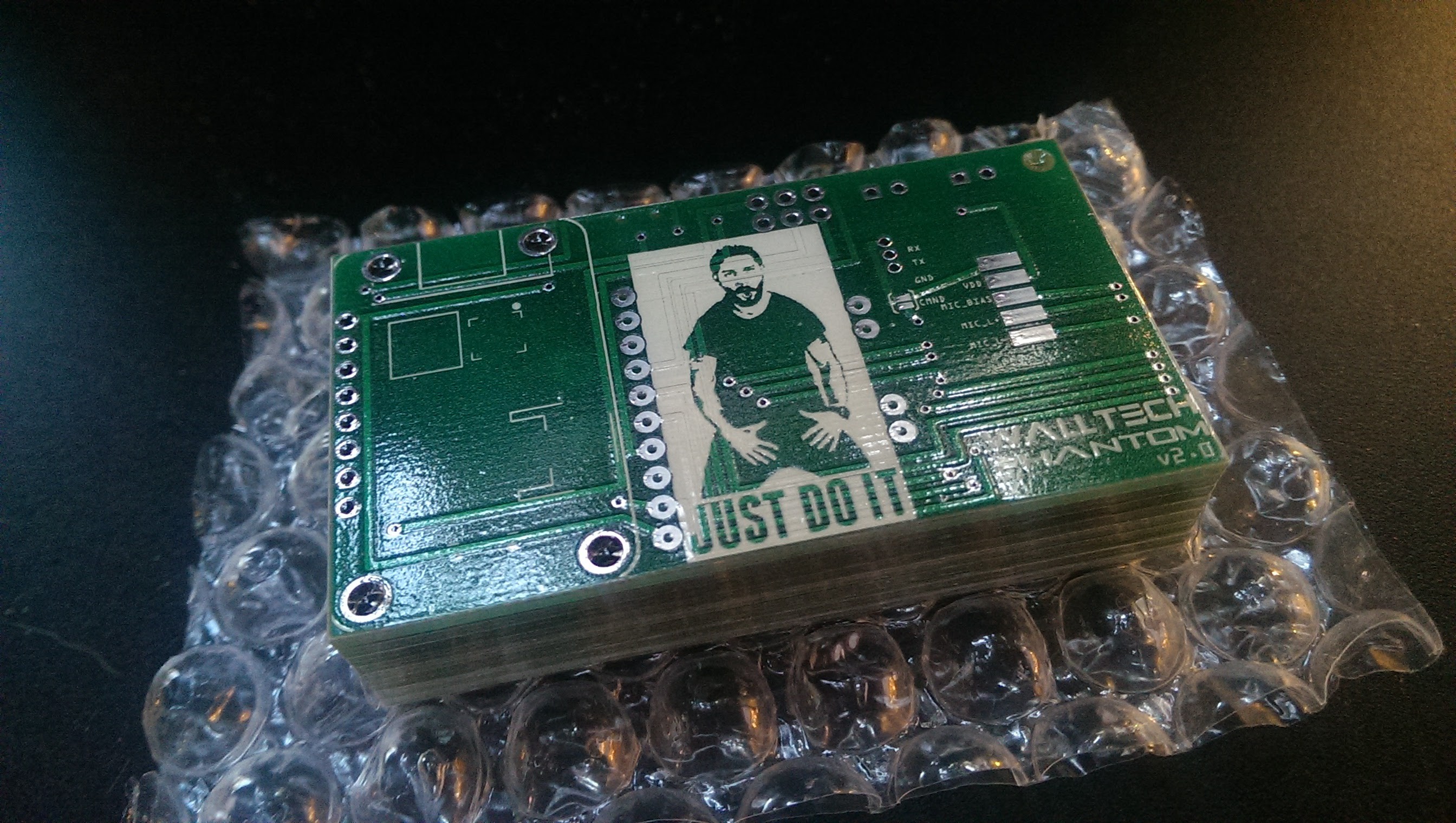
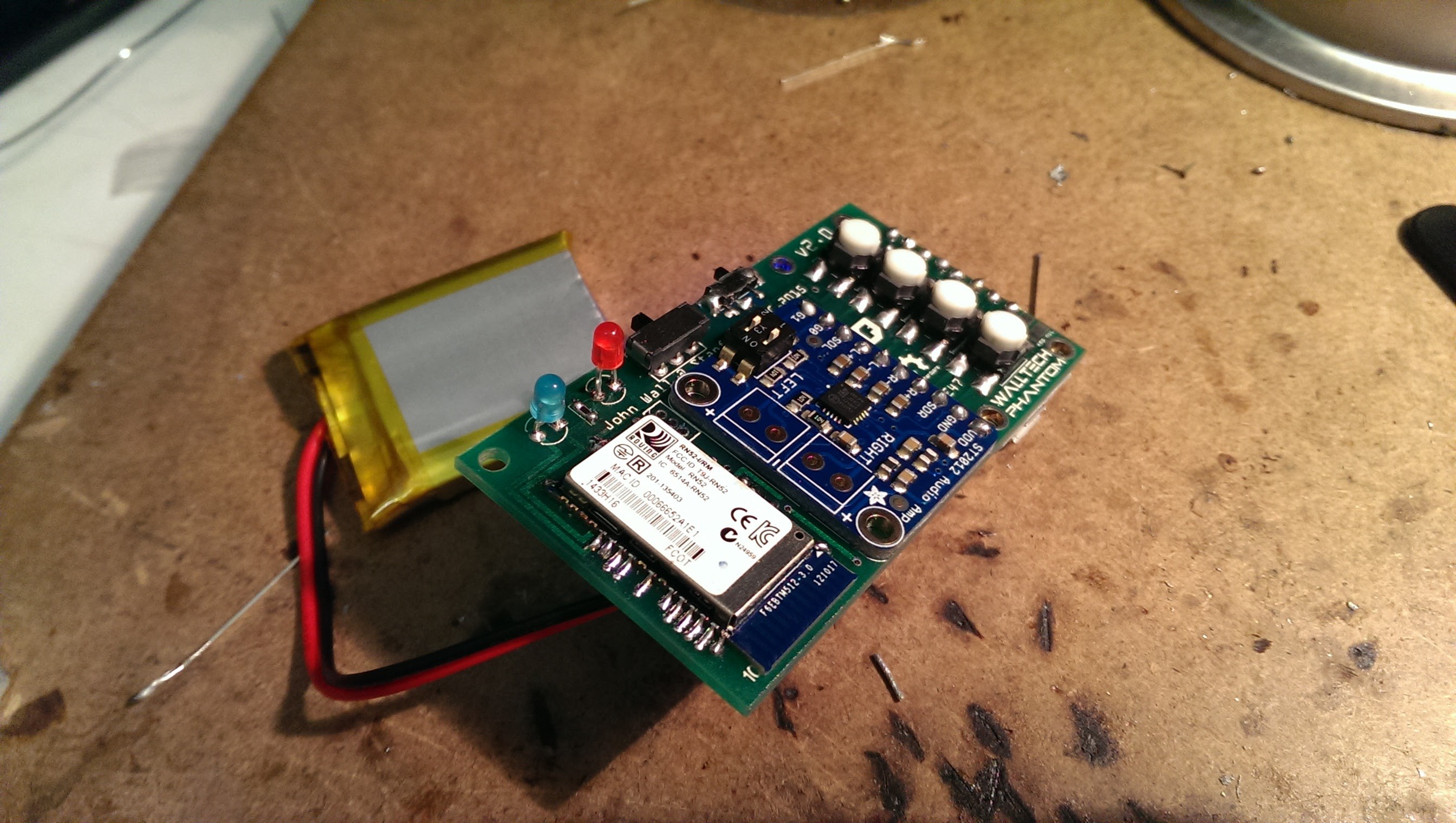
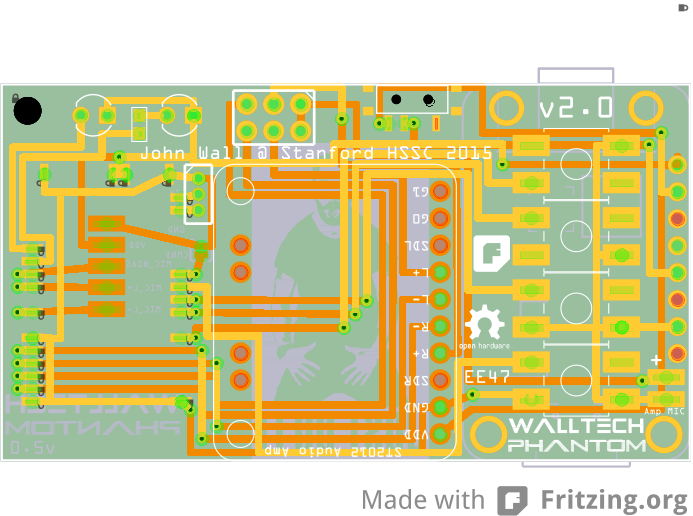
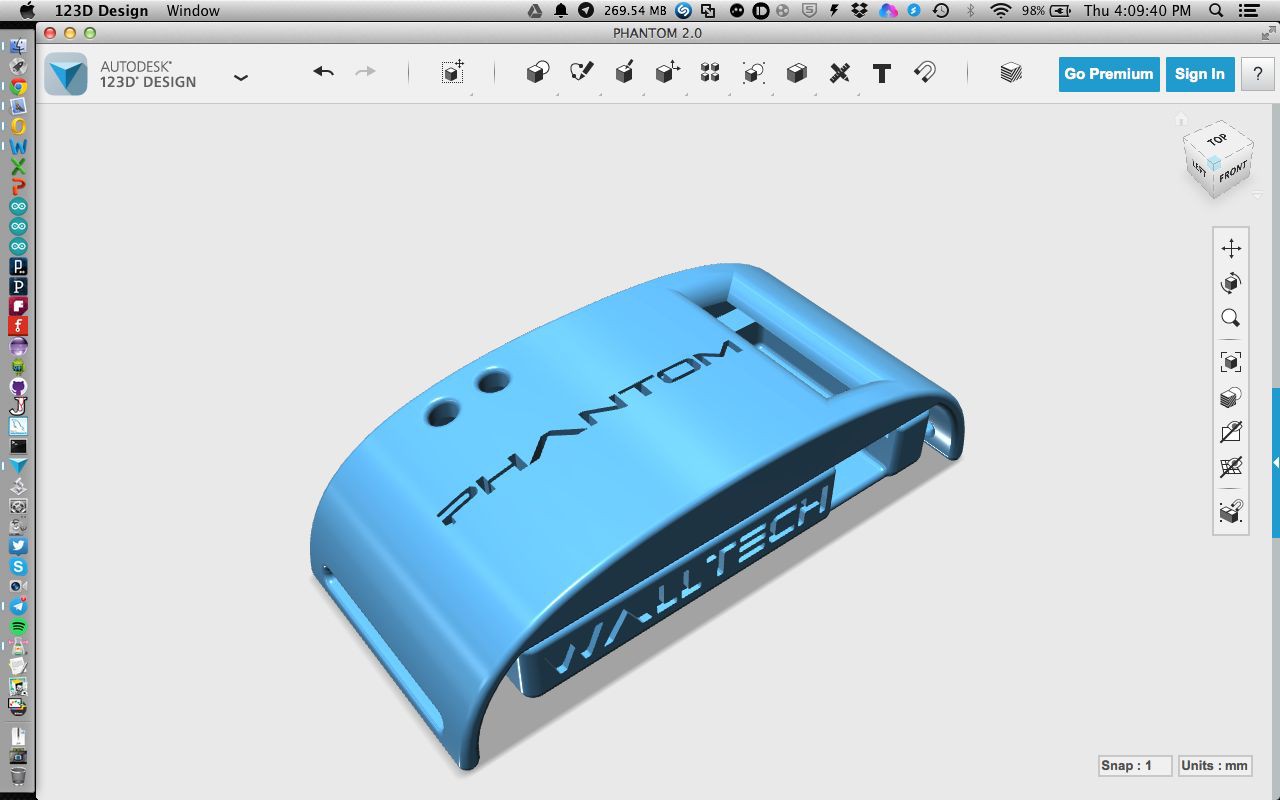
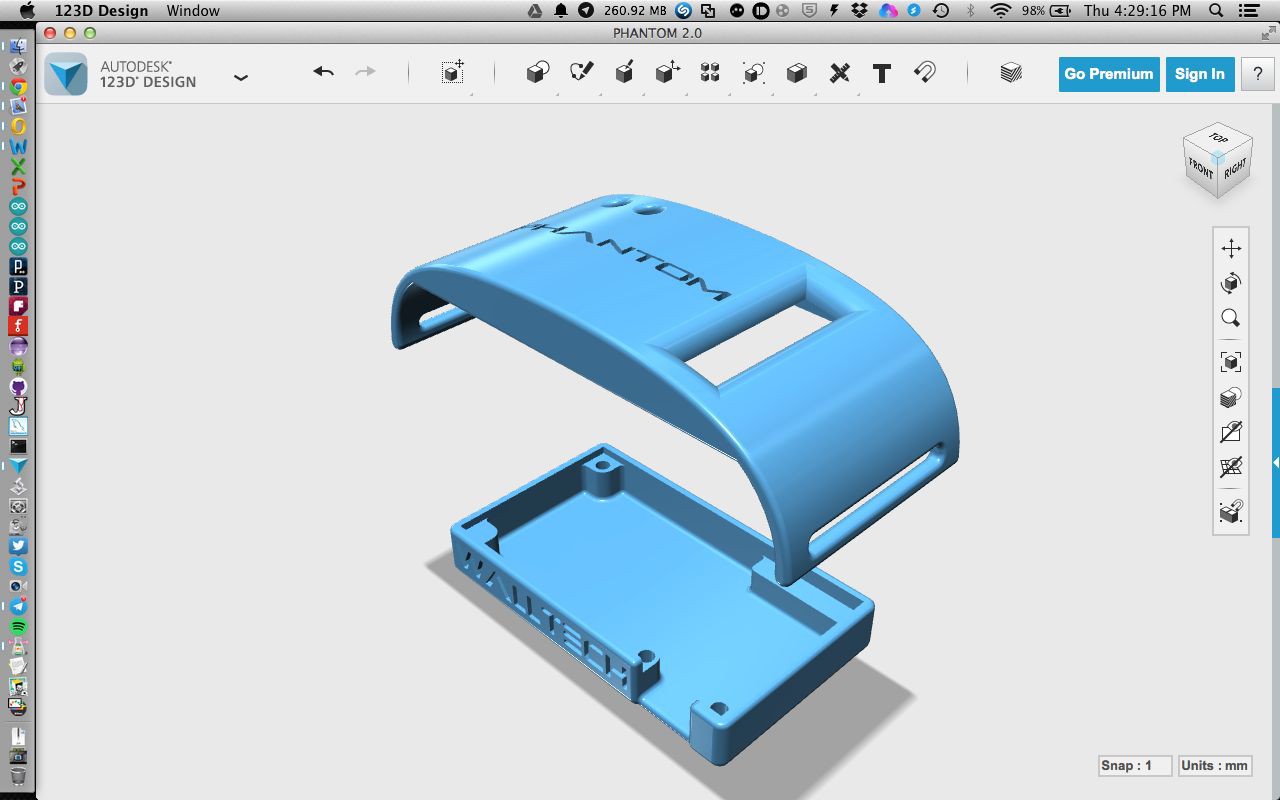
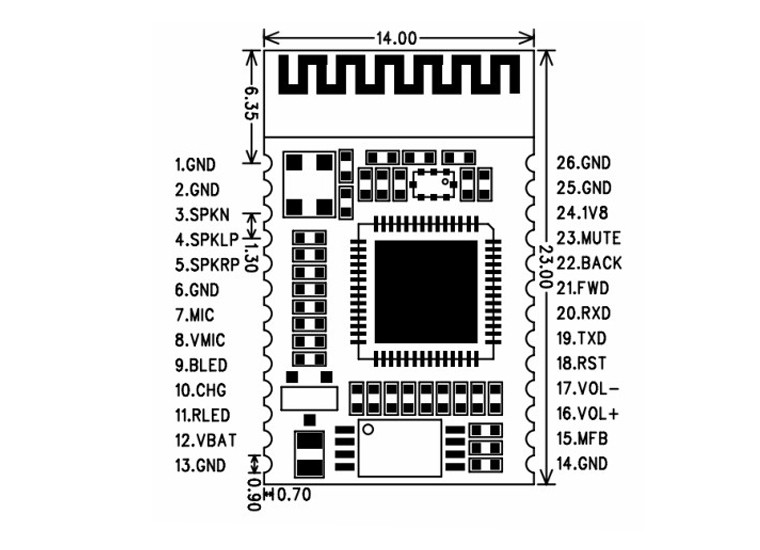




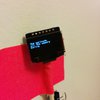

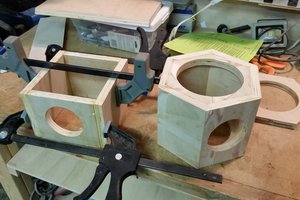
 Sam Pullman
Sam Pullman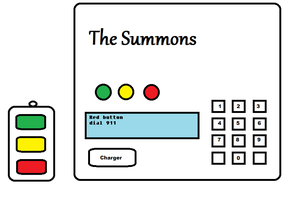
 dodgedart270
dodgedart270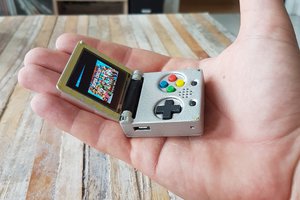
 c.Invent
c.Invent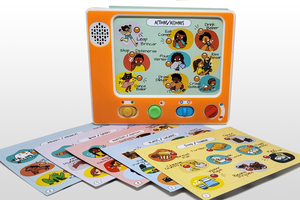
 Supplyframe DesignLab
Supplyframe DesignLab
Hey mate, I'm working on a similar project, I was wondering if you could share the RN52 Fritzing part because I can't find it anywhere and I want to design my PCB. I'm a rookie in engineering but doing my best because I need to finish this for my graduation thesis. Thank you!!